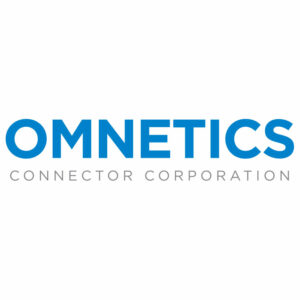In this article, Omnetics explains how its Micro-D and Nano-D connectors can bring flexibility in military and aerospace applications that require rugged interconnectivity in smaller and lighter form factors.
Micro-D and Nano-D connectors are becoming a staple of military/aerospace industry by providing high reliability connector designs for use in everything from aircraft and missile control to autonomous weapons in the battlefield.
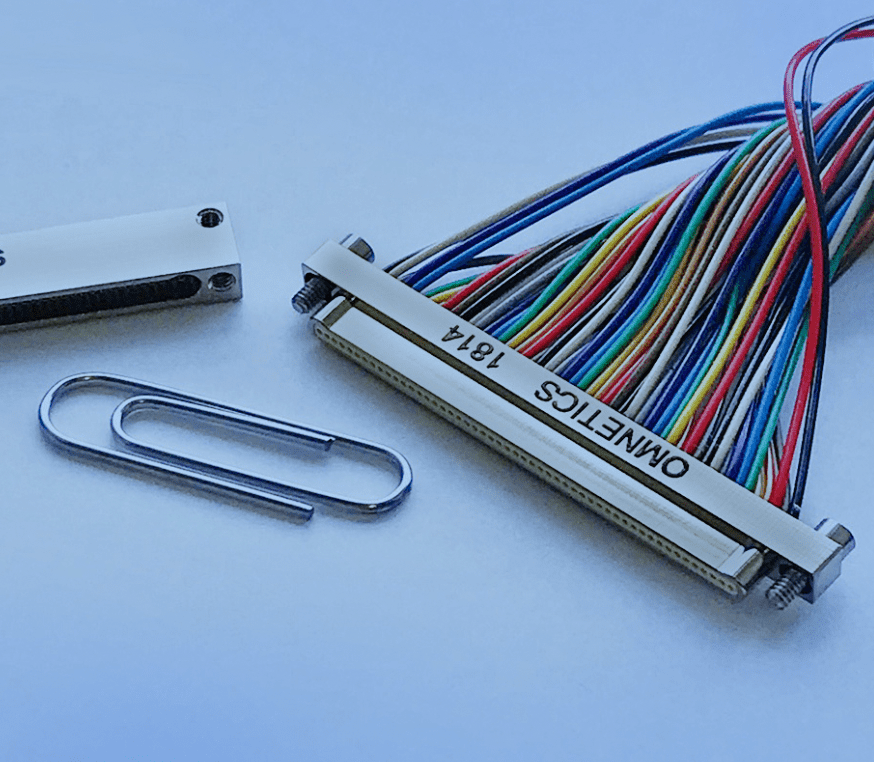
These interconnection building blocks are based off military standard specifications (MIL-DTL-83513 for the Micro-D and MIL-DTL32139 for the Nano-D). As electronic miniaturization designs pack more and more capabilities into smaller packages, smaller connectors not only become desirable, but in many cases, are required. Reducing both size and weight are critical factors in military/aerospace applications.
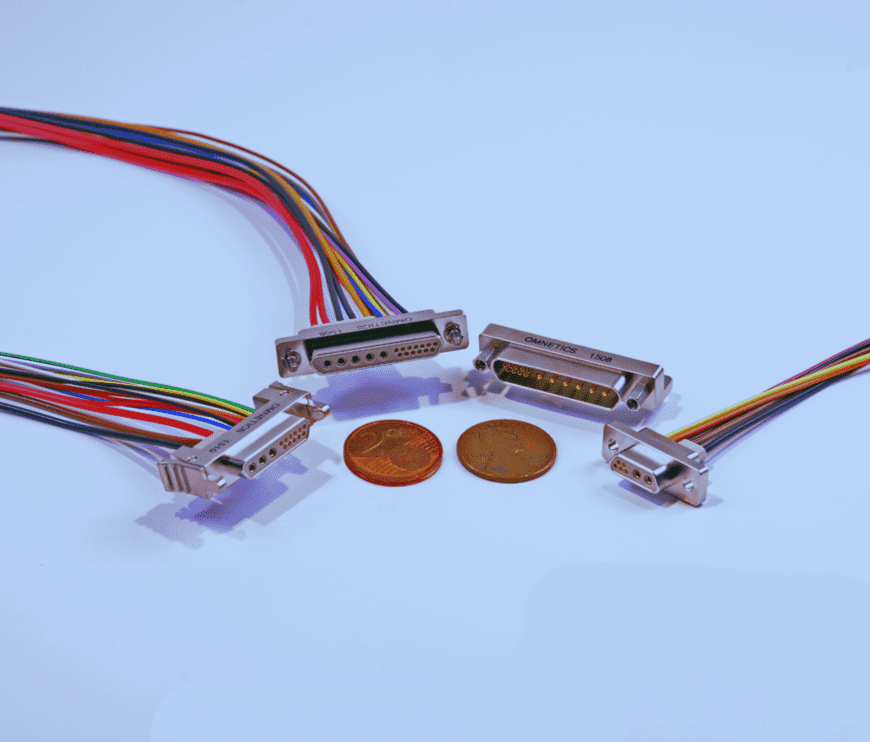
The D-subminiature connectors are being replaced with Micro-D connectors. As the power requirements continue to drop, the capabilities of the devices increase and the overall size of the devices are reduced; Nano-D connectors offer even more dramatic space and weight savings in these applications where maximum space and weight savings are crucial. However, with the Military push towards more SWaP friendly, (Size, Weight and Power), based interconnects we are seeing a shift towards the somewhat equivalent Nano-D connectors, MIL- DTL-32139. Typical applications that need higher density combined with high- speed digital performance include orbital space, smart munitions, missile defense, aircraft communications, and UAVs. A common thread is the space-limited, weight-sensitive requirement of such applications.
Nano-D connectors combine their size and weight with desired performance attributes such as high reliability, low contact resistance and wide operating temperature range, making them among the smallest and most rugged connectors available to designers. Although the Micro-D connector filled much of these needs and continue to offer a proven source of smaller and somewhat compact interconnect systems. By comparison, a 25 position Micro-D weighs over 47 Grams and a Nano-D connector weighs only 12 Grams. The volume of a 25-position Nano-D connector is 1/8th of that of a Micro-D. Micro-D connectors are built with a pin-to-pin spacing, (pitch), of .050”, (1.27mm), that demands similar board layout space. The Nano-d pitch is set at .025”, (.64mm), pin-to-pin spacing and board layout required is half that of the Micro-D.
Some critical points to remember in designing with Nano-D connectors include:
1. The maximum wire size is 30 and 32 AWG., (gauge), based on the cable fitting into the back of the pins and sockets. Current flow will then be limited to 1-ampere maximum, depending on percent of time the current is flowing. Contact resistance from pin to socket will be at about 15 milliohms and require 2 to 3 oz of mating force per pin.
2. Back-shells are available to connect shielded braiding from cable to shells. This protects EMI and Crosstalk from cable-to-cable or within the instrumentation. Slip on shielding offer 60 db of shielding protection. Special over braid machines can offer tighter shield windings by using smaller diameter strands that are gold plated to give up to 90 db of shielding from exterior signal ingression. Today’s demand for cyber protection is reaching beyond signal and software protection, as stated in national CMMA standards. Connector and cable systems that extend beyond the main box will also need high levels of signal protection. A good example of the needs comes from signal transmission guns that are aimed at overhead drones. The signal blast is coupled into the direction controller on the drone and swamps it with electromagnetic noise. The drone is confused and falls to the ground.
3. Mating and de-mating ratings in the Nano-D military specification only requires 200 mates before the plating fails and resistance of the connection increases. Watch for Nano-D connector suppliers that offer over 2000 mates before plating fails giving more useful life of connectors in frequent use. Plating should be specified to meet ASTBM B488 Type II, which includes 50 micro-inches of Gold over 50 micro-inches of Nickel.
4. Nano-D connectors withstand shock and vibration better than micro-D connectors because of their low weight. As force and acceleration are key factors the lower weight Nano-D connectors have passed extreme shock that micro-D connectors do not. In fact, Nano-D connectors have been tested and used in high shock above 10,000 Gs when fired from military ballistic devices, such as THAAD missile interceptor systems. Extreme temperature ranges are similar to Micro-D connectors and easily pass operating temperatures from -55°C to +200°C.
5. The new latching Nano-D connectors have been tested to be as stronger or stronger in strength and hold tests beyond the older jackscrew varieties. These latching systems allow for easier connection in field applications.
To maintain reliable, low-resistance contact mating in high-vibration, rugged environments, Omnetics uses a stamped and formed flex pin to achieve the required normal forces. The flex pin contacts achieve four points of contact between the pin and socket. The use of a flex pin contact design provides a robust crimp joint, which in turn leads to lower contact resistance. This design also provides a stronger contact, which has better resistance to shock and vibration along with increased durability to provide a minimum of 2,000 mating cycles, versus 200 cycles typical of other Nano-D connectors.
Nano-D connectors can be configured to support gigabit data rates. While not originally designed to support such high rates, they typically need to be electrically modeled to determine the optimum pinout for a specific application. With the tight contact spacing and 30AWG wires, voltage and current levels are reduced. Contacts have a continuous current rating of 1 Amp. standard voltage ratings for Nano-D connectors are 250 V at sea level. Micro-D and Nano-D connectors offer a wide temperature range; from Space to Downhole Micro-D and Nano-D connectors are available with temperature ranges as wide as -55°C to +200°C. This wide range makes the connectors attractive in a variety of applications. For space, the low-temperature rating, combined with low outgassing materials and significant weight and space savings, helps reduce payloads at liftoff and provide long-term reliable operation. The performance and reliability at cryogenic temperatures, along with the low outgassing material properties, has led to an increased usage in space applications. Such applications include nitrogen-cooled optics, low and high-earth orbiting satellites, telescopes, deep space probes, orbiters, and rovers. At the opposite extreme, the high- temperature rating makes Micro-D and Nano-D connectors popular for downhole applications in petroleum exploration. Downhole application temperatures can exceed +175°C.
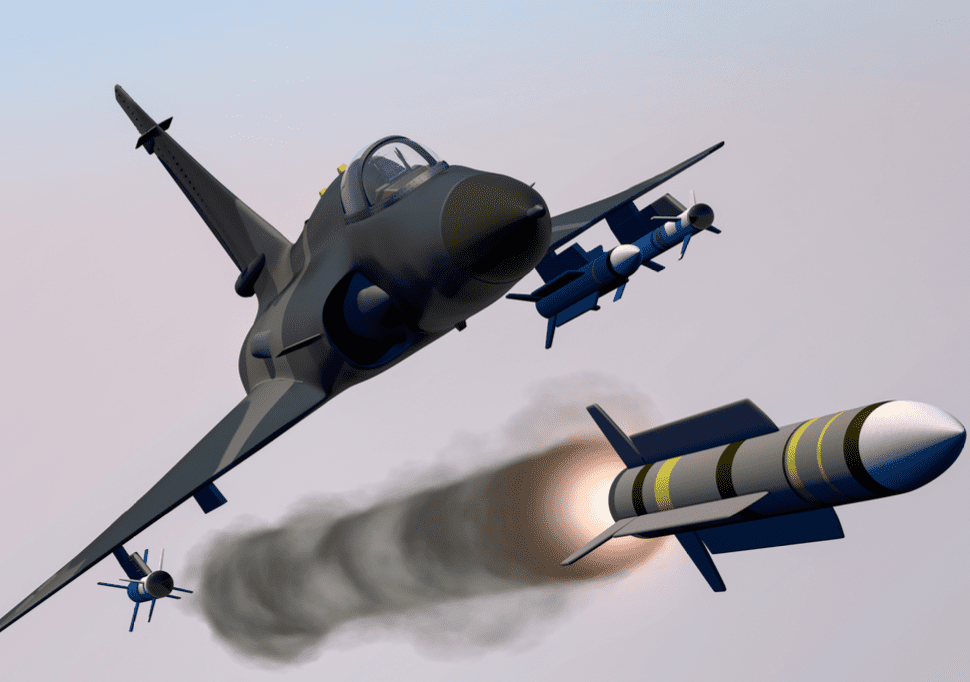
“Omnetics uses a stamped and formed flex pin to achieve the required normal forces.”
More application choices for Micro-D and Nano-D connectors are available in single-row configurations double-row configurations and hybrid configurations with larger contacts should your application exceed the power rating for the micro or nano flex pin contact. They come with machined aluminum shells (with a variety of plating), and stainless steel shells for extra sturdiness. The connectors are factory-terminated by crimping contacts to the wires. Connectors can be supplied with flying leads, as jumper assemblies, or as custom harnesses with multiple connectors. The wires typically use PTFE insulation, which have extended operating temperatures, excellent mechanical and environmental properties, and compact dimensions well matched to the connectors. On the pc board side, they mount in through-hole, surface-mount, and edge-board options.
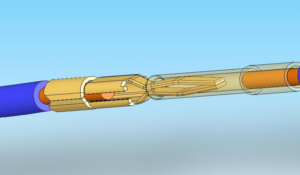
Despite their small size, Micro-D and Nano-D connectors are designed for rugged applications, with the capability of withstanding significant levels of shock and vibration, salt spray, oil and solvent immersion, and other environmental and mechanical hazards. In addition, connector materials exhibit low thermal outgassing required for space applications.
The bottom line is that Micro-D and Nano-D connectors are very robust. With the wide range of options, they are available for a wide range of applications where weight and space savings are achieved without compromising performance. When needed, however, rapid turn custom connectors are easily made today. The designer can specify parameters such as size, weight and shape before deciding on a final connector format. More often, connectors are being designed to handle mixed signals that include power plus data. Connector insulators can be modified from current standards for the inner portion of the connector that contains the pin/socket sets. The LCP insulator can be made, when necessary, in “soft-molds” to provide a 1st article to allow the designer to test-out the system much faster than waiting the for 8 to 10 weeks. Connector housings, unique shell shapes, locking mechanisms and even back-shells can be machined quickly on linked CNC systems. Finally, some quick assembly and wire connections provide the prototype connector and cable needed for the new instrument.
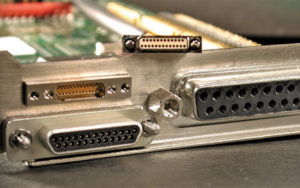
This process for optimizing new designs is helping to reduce size, weight, and even improve functions of portable electronics in our industry. In two to three days, a new solid model drawing can be sent to the customer to confirm what product will be built. This process offers significantly lower cost and faster delivery than the redesign methods of days past. With the solid-model drawings in the designer’s hands at the beginning and his ability to review and approve the design quickly, there is a very high acceptance rate of the new first-article connector system. After testing in the actual application, the move to production of higher volumes can begin.
“This process for optimizing new designs is helping to reduce size, weight, and even improve functions of portable electronics in our industry.”





